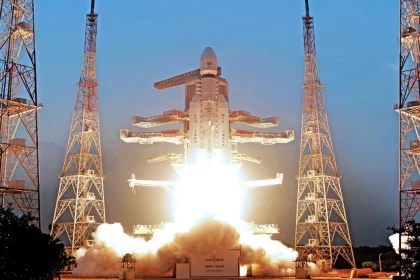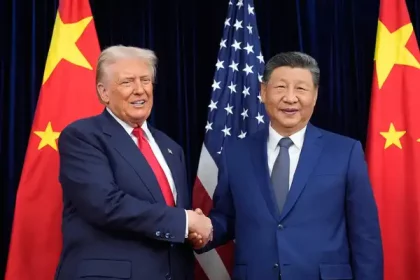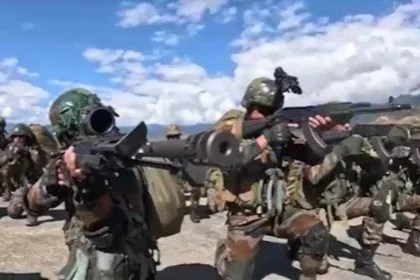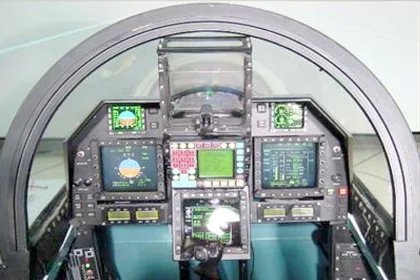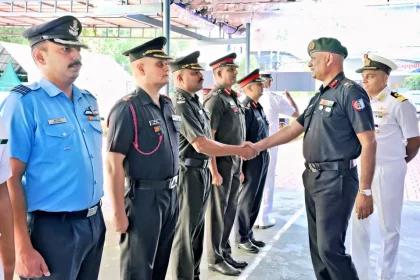ISRO Launches Heaviest-Ever Communication Satellite GSAT-7R, Boosting Indian Navy’s Maritime Network
ISRO’s GSAT-7R strengthens Navy’s communication network across the Indian Ocean, marking a milestone in India’s indigenous space capability.
Trump Warns Xi of ‘Consequences’ Over Taiwan Amid Fragile US-China Trade Truce
Trump’s Warning to Xi Highlights Taiwan as the Core Flashpoint in a Fragile US-China Reset.
Cochin Shipyard and Denmark’s Svitzer Join Hands to Build Advanced Electric TRAnsverse Tugboats in India
CSL–Svitzer Pact to Power India’s Green Maritime Future with Next-Gen Electric Tugboats.
India Launches Major Tri-Service Exercise ‘Poorvi Prachand Prahar’ in Arunachal’s High Mountains
India’s Army, Navy, and Air Force unite for ‘Poorvi Prachand Prahar’—a high-altitude tri-service exercise testing future-ready, multi-domain combat operations in…
CSIO Develops Waveguide-Based Smart HUD for India’s Next-Gen AMCA Stealth Fighter
CSIO’s waveguide-based smart HUD to power India’s AMCA stealth fighter — 30% lighter, 50% more efficient, and fully indigenised.
Major General Ramesh Shanmugham Conducts Administrative Inspection of NCC Ernakulam Group Headquarters
ADG commends high training standards and emphasizes cadet safety and adoption of technology.

